Discover the 5 most unusual pets, from the exotic kinkajou to the unique axolotl.
Learn about their care, characteristics, and what makes them fascinating choices for unconventional pet lovers.
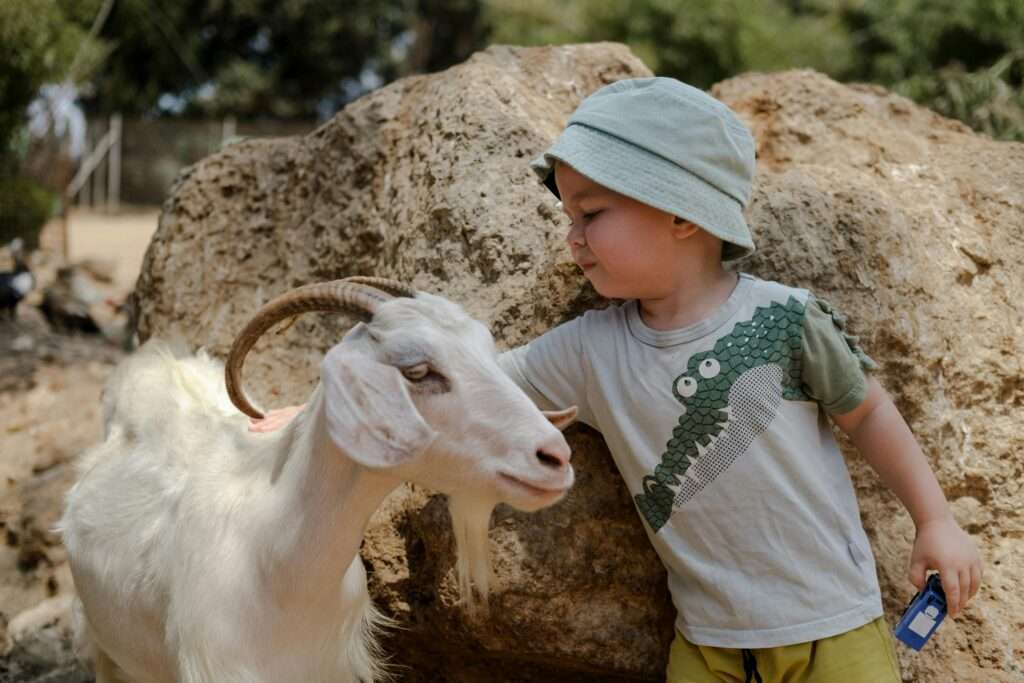
Introduction
Many types of pets are kept for pleasure and companionship purposes rather than for work or food. They come in different species such as cats, dogs, birds, and fish, and also include exotic creatures like reptiles or rodents.
Animals are excellent for emotional support, assist in relieving stress levels as well as provide everlasting love and fidelity. Some obligations include feeding, grooming, and taking them to the hospital. Pets enhance the living conditions of people by motivating them to be physically active or socializing with others.
The necessities and attributes of every kind of pet are distinct; therefore, future owners must investigate and act accordingly for proper handling. Pets, whether they are ordinary or extraordinary, serve a pivotal function in the lives of several individuals by providing happiness, solace, and a sense of direction.
The 5 Most Unusual Pets
There are various pets available in different forms and sizes but still, certain people go for rather abnormal pets instead due to choosing cats or dogs as well as fish which are often adopted.
Pets with diverse behaviors belonging to wild animals are rare indeed. Let us examine some of those extraordinary creatures and their care requirements more closely.
1. Kinkajou
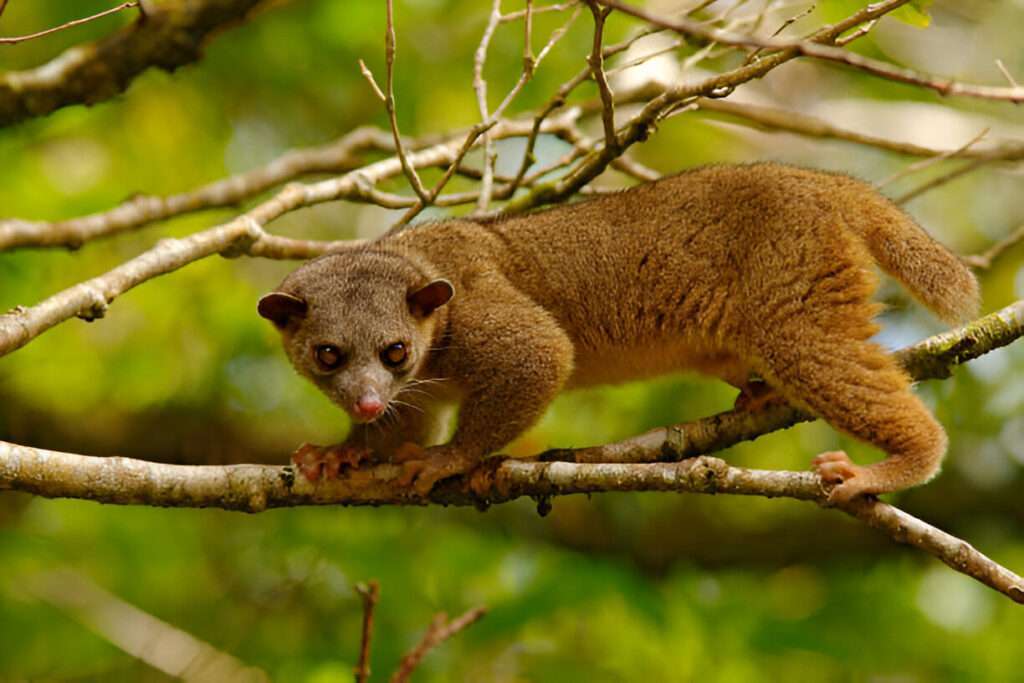
Kinkajou refers to the tiny, mysterious little mammal that dwells in the forests of Central and South America. It has a tail that can grip onto branches as well as hands that are quite skillful. The animal is mostly found in trees where it eats fruits and nectar.
Its circular visage, huge orbs of sight, and pointed talons make it perfect for climbing trees and looking for food. Kinkajous are social animals that are often seen playing around at night time hence they need extensive habitats to survive.
2. Serval

Serval is a wild animal that is of medium size with long legs, big ears, and a thin frame; it lives in Africa. It is characterized by yellow or golden pelage marked with black spots and stripes.
The servals are exceptionally skillful hunters who utilize their wonderful senses and agility to capture small mammals, birds, and insects. These animals like living singly and, thus prefer to hunt and wander alone.
3. Pygmy Goat

A pygmy goat is small in size and is a breed of livestock raised on farms. The height of its shoulders is between 16 to 23 inches. They also have a very social disposition and like to explore their environment, so they could easily become household pets. They are so much fun and come in all sorts of shapes and sizes! Though small, they require much space and proper attention for their well-being.
4. Grizzly Bear
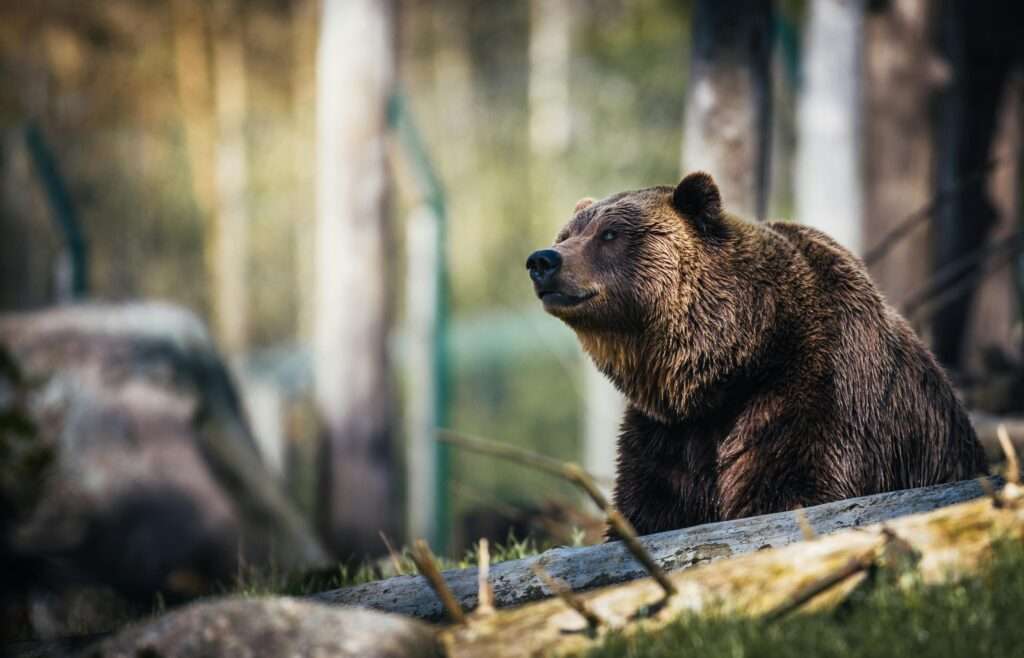
The Grizzly bear or brown bear subspecies is mainly located in North America, particularly Alaska and Canada. This strong omnivore eats a wide range of food including berries, fish, and small mammals, hence its large size as well as shaggy fur. Solitary and territorial, grizzly bears are animals that hunt with great instinct and need vast stretches of land for wandering and searching for food.
5. Kangaroo
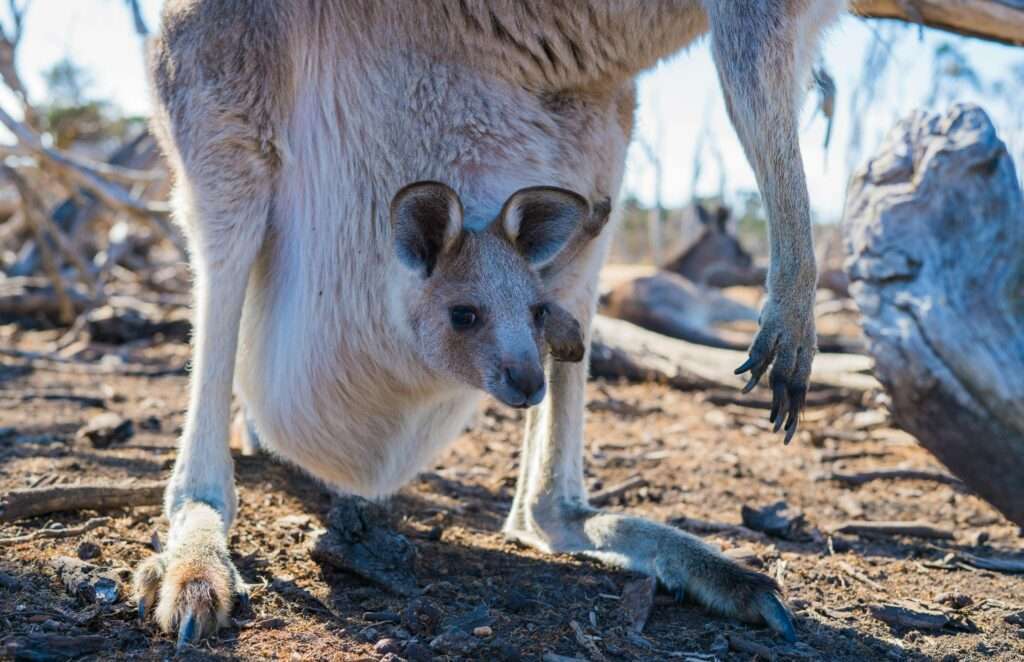
The kangaroo, a marsupial of Australia, is famous for its strong back legs and its big tail that helps it to hop well. Kangaroos eat plants only like leaves and grasses. Known as mobs, they dwell together in social groups and possess an unusual reproductive method that includes a pouch for carrying the little ones. Kangaroos have been adapted for long-distance travel and are very suitable for their open, grassy habitats.
5 potential health benefits of owning a pet
- Support Heart Health: Low rates of heart disease, blood pressure, and cholesterol have all been attributed to pet ownership. This interaction with animals also helps reduce heart rate thereby enhancing complete cardiovascular well-being.
- Get More Exercise and Fresh Air: Because of their need for exercise, pets make their owners to be active. Regular walks and outdoor games add to people’s physical activities and enable them to breathe fresh air.
- Help Combat Loneliness: Pets are best known for being offerers of companionship and emotional support thereby reducing loneliness and social isolation. They bring about a feeling of belonging hence improving emotional happiness.
- Lower Stress Levels: Interaction with pets reduces anxiety and stress. Their presence, petting, or play helps to release the endorphins and reduces cortisol level lowering it thus leading to relaxation.
- Slow Down and Stay Mindful: Taking care of a pet makes one to be more aware and present. The practice of giving a pet food, looking after them, and playing with them helps people to be in the moment thus calming them down it soothes anxiety.
How can we protect and take care of our pets?
Pet care and protection means administering several basic duties that guarantee their wellness, security, and health. Below are prominent activities to note:
- Provide a Balanced Diet: To maintain your pet’s health it is essential to provide them with their species, age, and health-appropriate diet. For specific dietary recommendations consult a veterinary doctor as you should avoid feeding harmful food.
- Regular Exercise: Make sure that pets remain physically active enough. While dogs require daily walking and playing, other animals such as cats or rodents can make use of toys that require engagement, or engage in some form of exercise.
- Routine Veterinary Care: Frequent appointments with the veterinarian should be on your calendar to administer vaccine shots, facilitate proper oral hygiene, and perform general wellness examinations. Health problems identified at an early stage can help prevent them from getting worse.
- Grooming and Hygiene: Pet cleanliness is ensured by grooming, which involves brushing, bathing, and trimming nails among other activities. This can avoid occurrences of matting, infections, and discomforts.
- Safe Environment: Set up a danger-free area for your companion animal by eliminating unsafe things, making sure there are safe containers, and offering them a warm, tidy sleeping spot.
- Mental Stimulation: Pets should be entertained by toys, puzzles, and other stimulating activities. Mental enrichment is essential to avoid boredom or undesirable behavior.
FAQs
Are unusual pets legal to own?
Laws on ownership of pets are different according to places. Because of safety planting concerns or wildlife relatives’ animal rights, maybe uncommon animals are regulated or prohibited in some places. Before obtaining any unique pet, always glancing at local rules and getting the needed paperwork is essential.
Where can I find a reputable source for unusual pets?
Look for reliable breeders, adoption groups, or specialized pet shops that deal with non-domestic species. Check their qualifications, determine if they are ethical in their business practices, and ask them for recommendations or reviews from some of their past clients.
How do I choose the right unusual pet for me?
You must take into account your residential condition, knowledge about animals, and cravings of that particular keeping unusual pets. Also, pay attention to how they act or live in captivity along with what their requirements for keeping them are over time. It is helpful to consult exotic animal owners or veterinarians as well.
Are there any specific insurance options for unusual pets?
Yes, some insurance companies provide specialized policies for exotic pets, which include veterinary expenses, liabilities, and other costs. Look around at the choices available, contrast contracts, and pick an insurance plan that fits your animal’s requirements as well as your finances.
Conclusion
Unusual pets bring a unique set of challenges and rewards. Often they require special care, habitats, and diets to be kept by dedicated and knowledgeable pet owners. Petting domestic animals such as capybaras or axolotls can provide great satisfaction if one understands their expectations in advance.

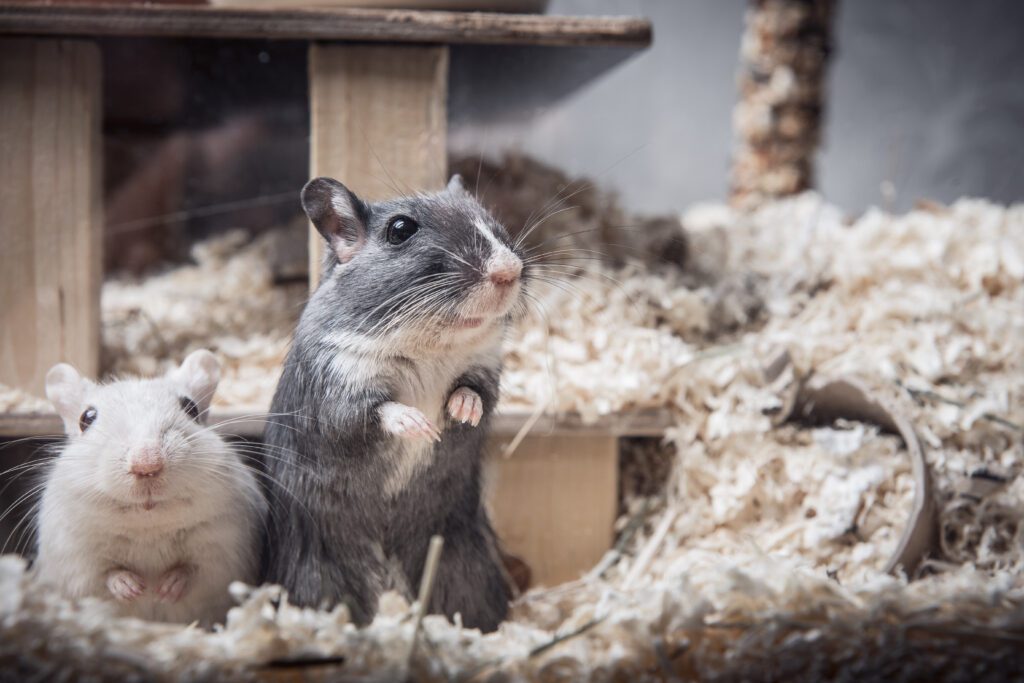
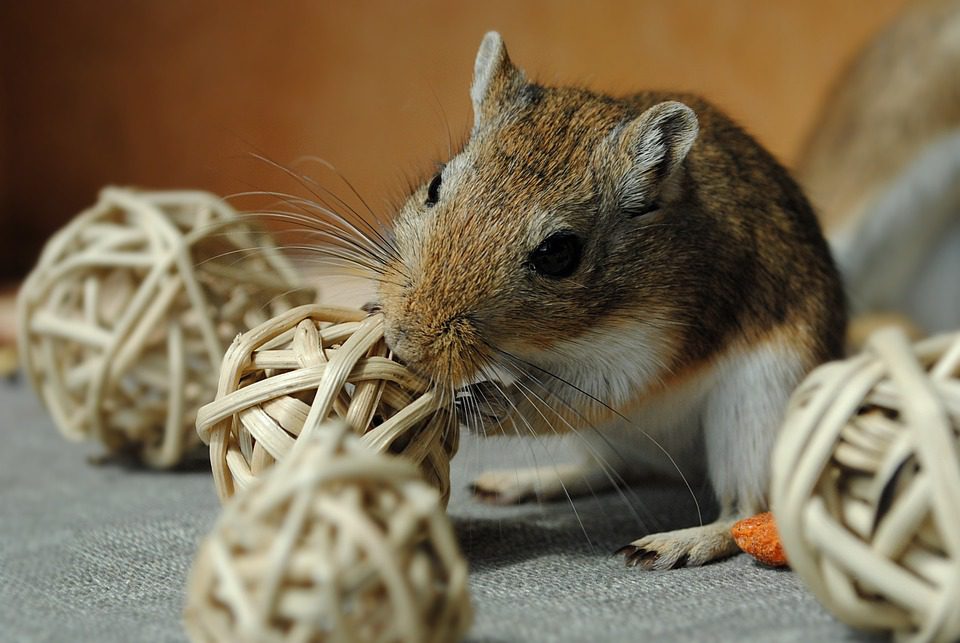
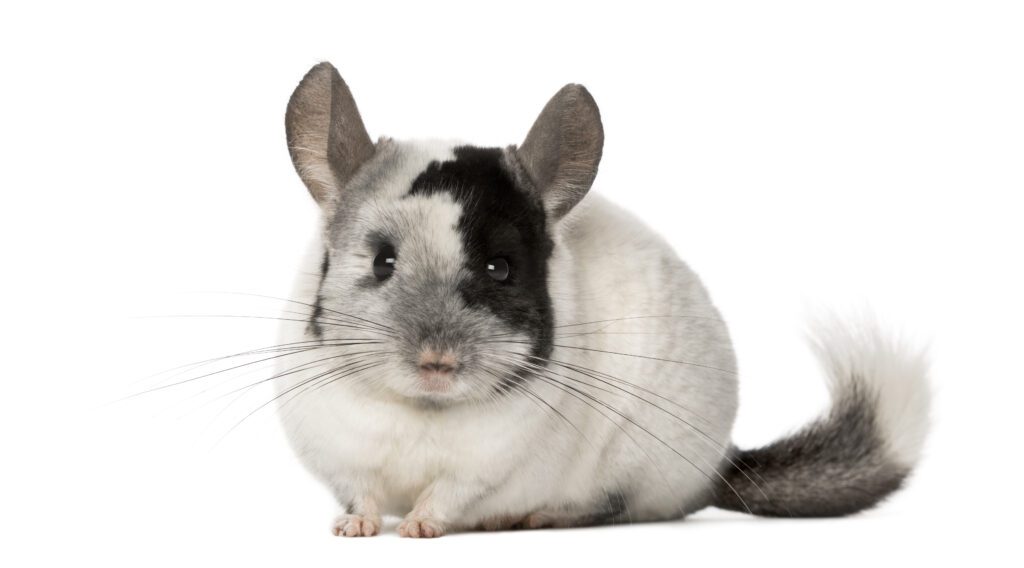
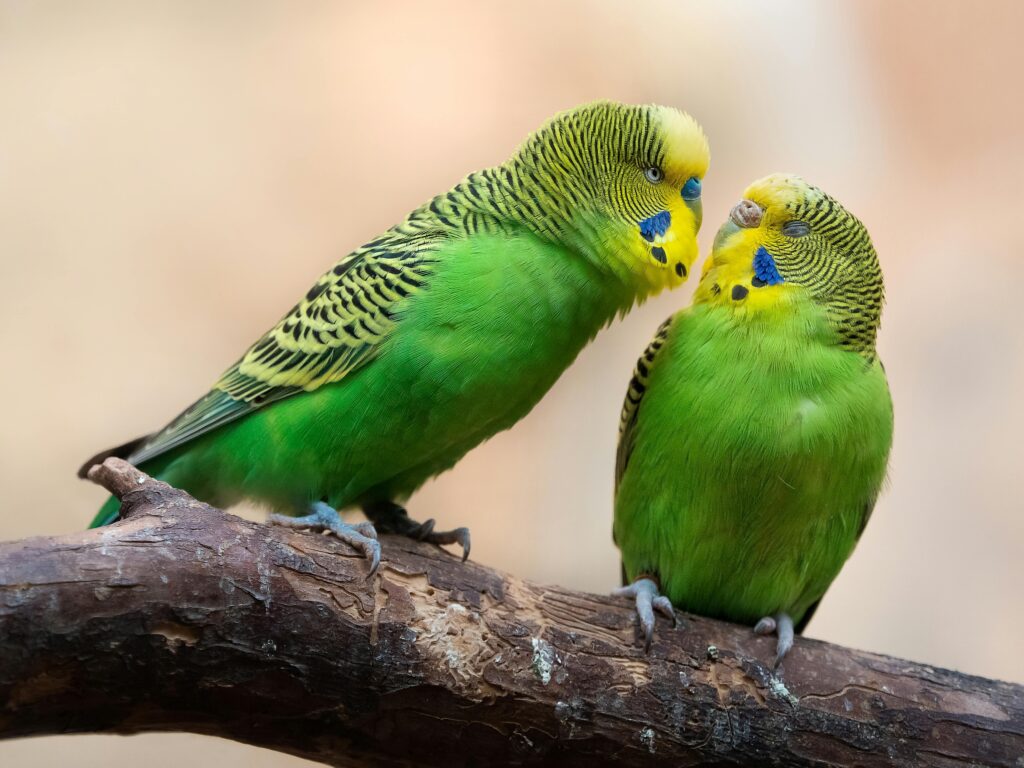
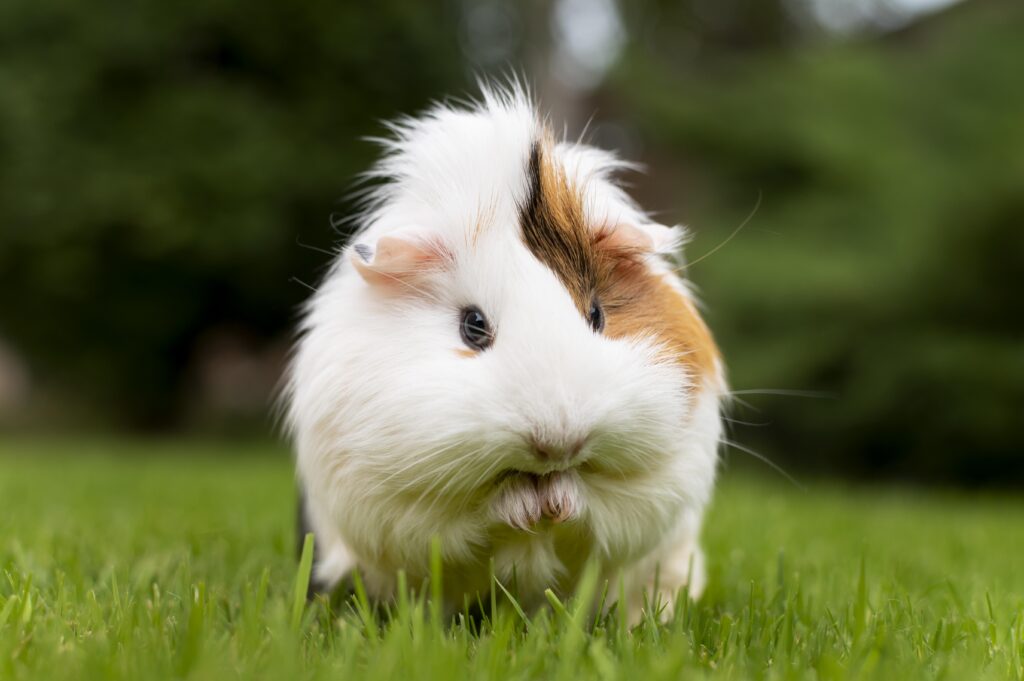


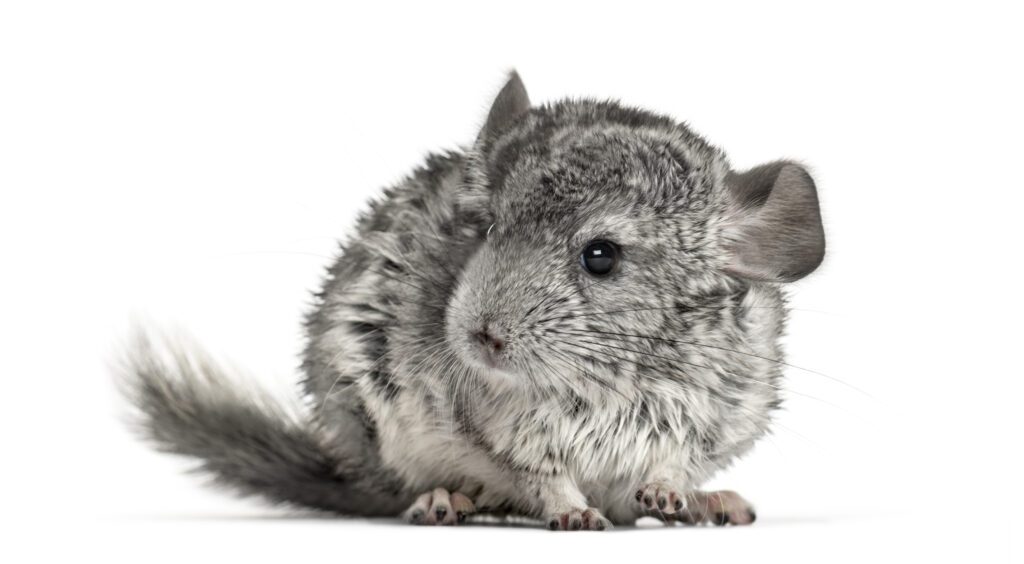
5 Responses
Would you please change the heading part which is look like weird.
“You’re absolutely right—the Lykoi’s sparse, thin hair and werewolf-like appearance definitely make it one of the most unusual cat breeds!
This piece is like a gentle embrace — comforting, sincere, and profoundly human.
Thank you